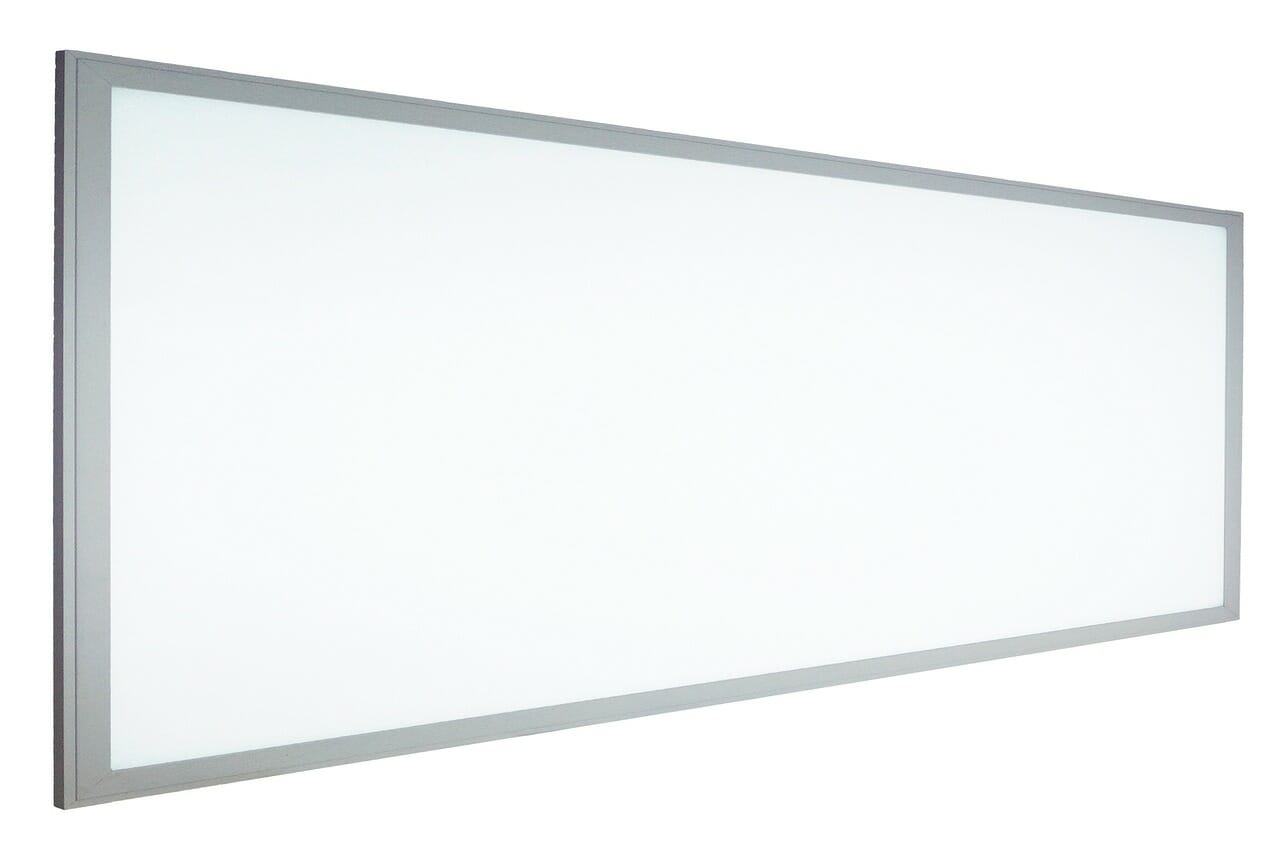Everything you need to know about LED panels: Frequently Asked Questions Answered

LED panels are a popular and energy-efficient lighting option increasingly used in both residential and commercial settings. They offer bright and even light, are durable and have a long lifespan. If you are interested in using LED panels, you probably have some questions. In this article, we answer the most frequently asked questions about LED panels so that you can make an informed decision.
What is an LED panel?
An LED panel is a flat lighting device consisting of a series of LED lights arranged in an even pattern. They are usually used as ceiling lights and provide bright and diffuse lighting in a room. LED panels are available in different sizes, shapes and colour temperatures to meet different lighting needs.
What are the advantages of LED panels?
LED panels have several advantages over traditional lighting solutions:
- Energy-efficient: LED panels consume significantly less energy than traditional lighting, making them cost-saving in the long run.
- Long service life: LED panels have a long service life, typically between 50,000 and 100,000 burning hours, which means they need to be replaced less often.
- High brightness and uniformity: LED panels provide even and bright illumination without flickering, making them comfortable for the eyes.
- Environmentally friendly: LED panels contain no toxic substances such as mercury and are recyclable, making them an eco-friendly choice.
- Design flexibility: LED panels are available in different shapes, sizes and colour temperatures, making them suitable for different interior styles and applications.
Where can LED panels be used?
LED panels are versatile and can be used in a variety of environments, including:
- Offices: LED panels provide bright and uniform lighting, which can improve productivity and concentration.
- Shops and commercial spaces: LED panels create attractive and well-lit retail environments, making products more visible.
- Schools and educational institutions: LED panels provide optimum lighting for classrooms and study areas, contributing to better learning and working processes.
- Hospitals and healthcare facilities: LED panels provide bright light and reduce staff fatigue, while creating a comfortable environment for patients.
- Residential spaces: LED panels can be used in living rooms, kitchens, bedrooms and other spaces to create a bright and cosy atmosphere.
How do I install an LED panel?
Installing an LED panel is generally straightforward. Here are the basic steps:
- Turn off the power at the electricity box before you start.
- Remove the existing lighting fixture if necessary.
- Place the LED panel in the right location and make sure it is firmly in place.
- Connect the electrical wiring according to the manufacturer's instructions.
- Check that everything is connected correctly and then switch the power back on.
It is important to consult the manual of the specific LED panel before installation, as the installation procedure may vary slightly depending on the model.
What colour temperature should I choose?
LED panels are available in different colour temperatures, expressed in Kelvin (K). The most common options are warm white (2700K-3000K), neutral white (4000K-4500K) and cool white (5000K-6500K). The choice depends on the desired atmosphere and application. Warm white is often used in living spaces for a cosy and relaxing atmosphere, while neutral white and cool white may be more suitable for workspaces where bright and focused light is needed.
